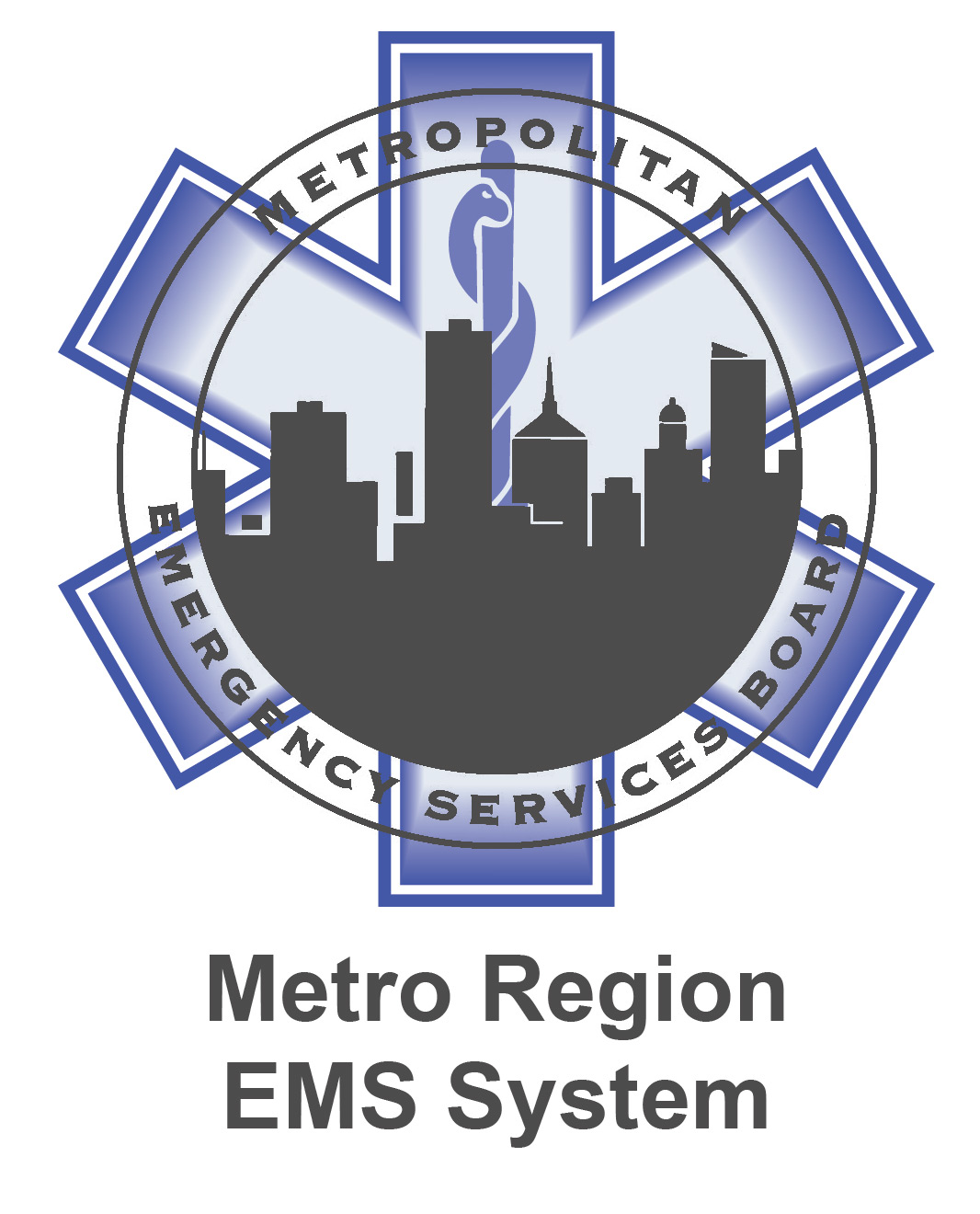About Metro Region EMS System
Regionalization of EMS originated from a series of federal traffic safety and preparedness initiatives during the 1960’s and 1970’s. In the early 1980’s, federal funding for EMS programs began to diminish and federal funding was phased out by 2001.
When the federal funding began to diminish, the State of Minnesota chose to continue to fund and promote the state’s EMS regional systems. In 1985, the Minnesota State Legislature enacted the Minnesota Emergency Medical Services System Act that created the EMS System Support Fund and helped to offset declining federal grants. The fund is equally divided by the eight EMS regional systems of which the Metropolitan Emergency Services Board is the fiscal agent of the Metro Region EMS System.
Permitted uses of these funds are:
-
- Promoting systematic, cost-effective delivery of emergency medical care throughout the state.
- Identifying common local, regional, and state emergency medical system needs and aiding in addressing those needs.
- Providing discretionary grants for emergency medical service projects with potential region-wide significance.
- Providing for public education about emergency medical care.
- Promoting the exchange of emergency medical care information.
- Ensuring ongoing coordination of regional emergency medical services systems.
- Establishing and maintaining training standards to ensure consistent quality of emergency medical services throughout the state.
In 1988, the Legislature amended the seat belt requirement statute creating a fine for lack of seat belt use with the collected fines to be deposited into a special account – the Emergency Medical Services Relief Account. The revenue from the collected fines is equally allocated among the eight EMS regions.
The Minnesota Department of Health provided EMS oversight and administration until 1996 when the Emergency Medical Services Regulatory Board (EMSRB) began operations. Today, the EMSRB is responsible for the equitable distribution of revenues from the EMS System Support Fund and EMS Relief Account to the regional EMS systems.
Metro Region EMS System’s core mission is to provide training, competence, commitment, cooperation, and regional EMS coordination in order to maintain an effective and efficient regional EMS response in the wake of any disaster, through ongoing collaboration with state, county, and local emergency management, public safety, public health and healthcare provider agencies.
The Metro Region EMS System sustains and supports several regional capabilities to provide EMS surge capacity, upon request, to the metropolitan region, the State of Minnesota and other state or federal jurisdictions. Metro Region EMS System maintains the capability to support and coordinate a response strategy with other regional EMS systems in Minnesota for EMS surge capacity through continued development of regional components of the Minnesota Ambulance Strike Team (MNAST), including support equipment purchases and maintenance. The Metro-based EMS Regional Coordination Center offers 24/7 on-call staffing for regional EMS multi-agency coordination (MAC) that may also be used for state EMS coordination. The EMSMAC function provides a real-time, reliable system for EMS resource allocation during mass casualty incidents and large scale, multi-jurisdictional events.
